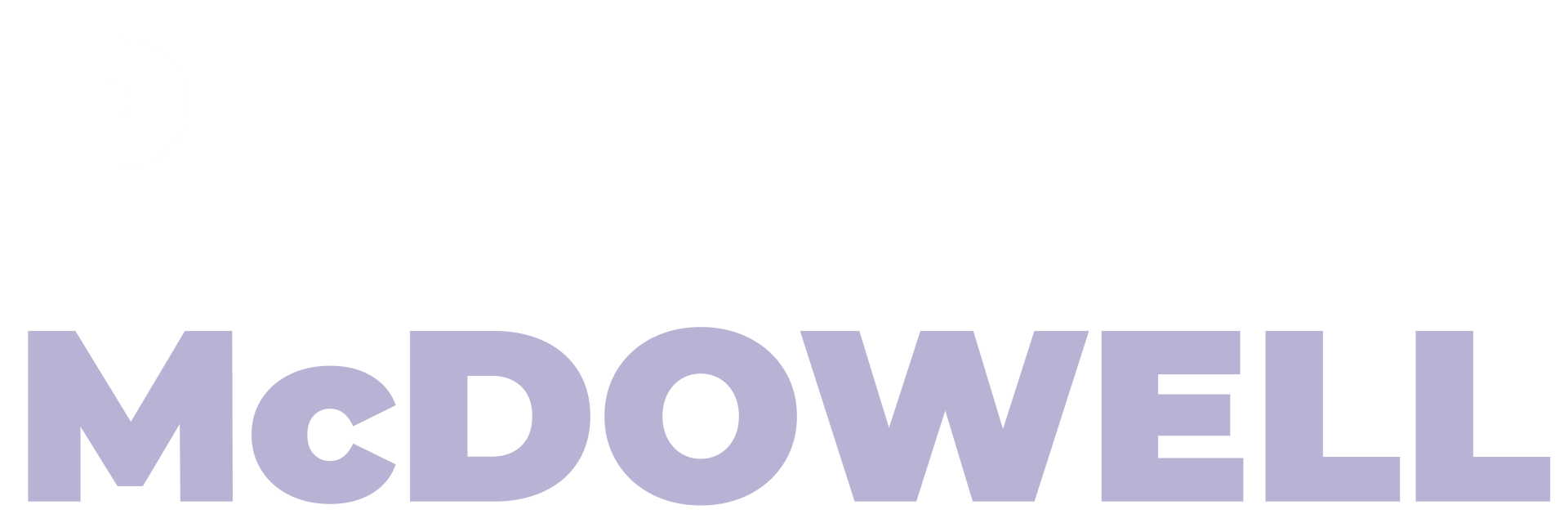OSTEOPATHY
What is osteopathy?
Osteopathy is a system of treating problems of the musculoskeletal system. It recognises the importance of the link between the structure of the human body and the way it functions. Osteopaths focus on the body’s skeleton and joint function along with the surrounding muscles, soft tissue and internal organs.
Osteopaths consider each person as an individual, and utilising a highly developed sense of touch, they are able to identify problem areas of the body. Using gentle stretching and mobilising techniques as well as manipulating joints, an osteopath works with the body to create the right conditions to facilitate the healing process.
Treatment usually consists of a combination of soft-tissue releasing techniques, and some specific adjustments affecting joints and soft-tissues (muscles, tendons and ligaments). Advice can also be given on self-help treatments.
What’s the process?

Before your visit
Prior to your visit there are a number of things you can do that will ensure you make the most out of your visit, and make the process of case history taking and examination more effective and efficient.
Whether your problem is of recent origin or more long term, it is useful to think about when the problem first started and importantly ‘how’ it started, in addition to:
• What makes the pain worse and/or better
• Type of pain
• Your lifestyle

First visit
During your first visit we will take a full and in-depth history of your problem, including past and present medical case history. A physical examination will be carried out (you may be asked to remove some clothing, in preparation please wear appropriate underwear and sports/gym wear is preferable). You will be asked to perform a few simple movements to assess the problem. The sense of touch, called palpation, will also be used to assess areas of weakness, tenderness, restriction, or strain within your body.
A working diagnosis will be made and discussed with you, and we will also assess whether osteopathic treatment is suitable. Treatment will be aimed at reducing pain and helping to restore normal joint stability and function, promoting health, and preventing recurrence of symptoms.
Write a description for this tab and include information that will interest site visitors. For example if you are using tabs to show different services write about what makes this service unique. If you are using tabs to display restaurant items write about what makes a specific dish particularly worthwhile or delicious.

Treatment time frames
The first consultation and treatment will last approximately 1 hour and subsequent treatments usually last up to half an hour, and normally between 2 and 6 sessions are required, although this may vary depending on the individual. Many patients decide that they would like to have periodic preventative treatments to avoid recurring problems.

Before your visit
Prior to your visit there are a number of things you can do that will ensure you make the most out of your visit, and make the process of case history taking and examination more effective and efficient.
Whether your problem is of recent origin or more long term, it is useful to think about when the problem first started and importantly ‘how’ it started, in addition to:
• What makes the pain worse and/or better
• Type of pain
• Your lifestyle

First visit
During your first visit we will take a full and in-depth history of your problem, including past and present medical case history. A physical examination will be carried out (you may be asked to remove some clothing, in preparation please wear appropriate underwear and sports/gym wear is preferable). You will be asked to perform a few simple movements to assess the problem. The sense of touch, called palpation, will also be used to assess areas of weakness, tenderness, restriction, or strain within your body.
A working diagnosis will be made and discussed with you, and we will also assess whether osteopathic treatment is suitable. Treatment will be aimed at reducing pain and helping to restore normal joint stability and function, promoting health, and preventing recurrence of symptoms.

Treatment time frames
The first consultation and treatment will last approximately 1 hour and subsequent treatments usually last up to half an hour, and normally between 2 and 6 sessions are required, although this may vary depending on the individual. Many patients decide that they would like to have periodic preventative treatments to avoid recurring problems.
The Niel-Asher Technique
Frozen shoulder Syndrome (FSS), or Adhesive Capsulitis to give it its medical name, is a poorly understood condition affecting the shoulder which causes significant pain and debilitation with reduced movement for anything between 12- 36 months. It is estimated to affect as many as 2 to 5% of the population.
In the early phase it is characterised by exquisite sharp catching spasms, sometimes for no reason at all. Another characteristic of the early phase is night pain. This can wake you at night, disturbing your sleep and depleting your energy.
Frozen shoulder Syndrome (FSS), or Adhesive Capsulitis to give it its medical name, is a poorly understood condition affecting the shoulder which causes significant pain and debilitation with reduced movement for anything between 12- 36 months. It is estimated to affect as many as 2 to 5% of the population.
In the early phase it is characterised by exquisite sharp catching spasms, sometimes for no reason at all. Another characteristic of the early phase is night pain. This can wake you at night, disturbing your sleep and depleting your energy.
Another key feature of all phases of a frozen shoulder is the loss of shoulder and arm movement. The stiffness can be very severe, especially when reaching behind your back or above your head. The important feature of this stiffness is that you can’t lift the shoulder but neither can anyone else lift it for you – it is completely stiff and locked. Other conditions can cause the shoulder to stiffen but typically, only in certain movement directions.
A number of treatment options have been employed for this condition, from manual therapies to steroid injections, to manipulation under anaesthetic.
The Niel-Asher Technique (NAT) is a manual therapy approach developed by osteopath Simeon Niel-Asher and has been shown clinically to significantly shorten the time taken to resolve the problem, in a significantly high number of cases.
Costs
Initial consultation / treatment - £55.00
Follow-up treatments - £40.00
(Card, cash and cheques accepted – also direct payments to my business bank account).
My services are fully insured and completely confidential.
Have a question?
If you would like to book an appointment, or discuss how I could help you, please get in touch and I will be happy to help.
All Rights Reserved | Phil McDowell
In Compliance with General Data Protection Regulations (GDPR 2018)
Please click here to review my Privacy Policy
Please click here to review my Privacy Policy
Registered with the Information Commissioner’s Office
© 2022 All Rights Reserved | Phil McDowell
Registered with the Information Commissioner’s Office


